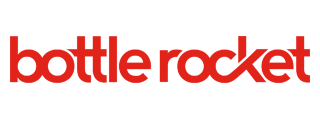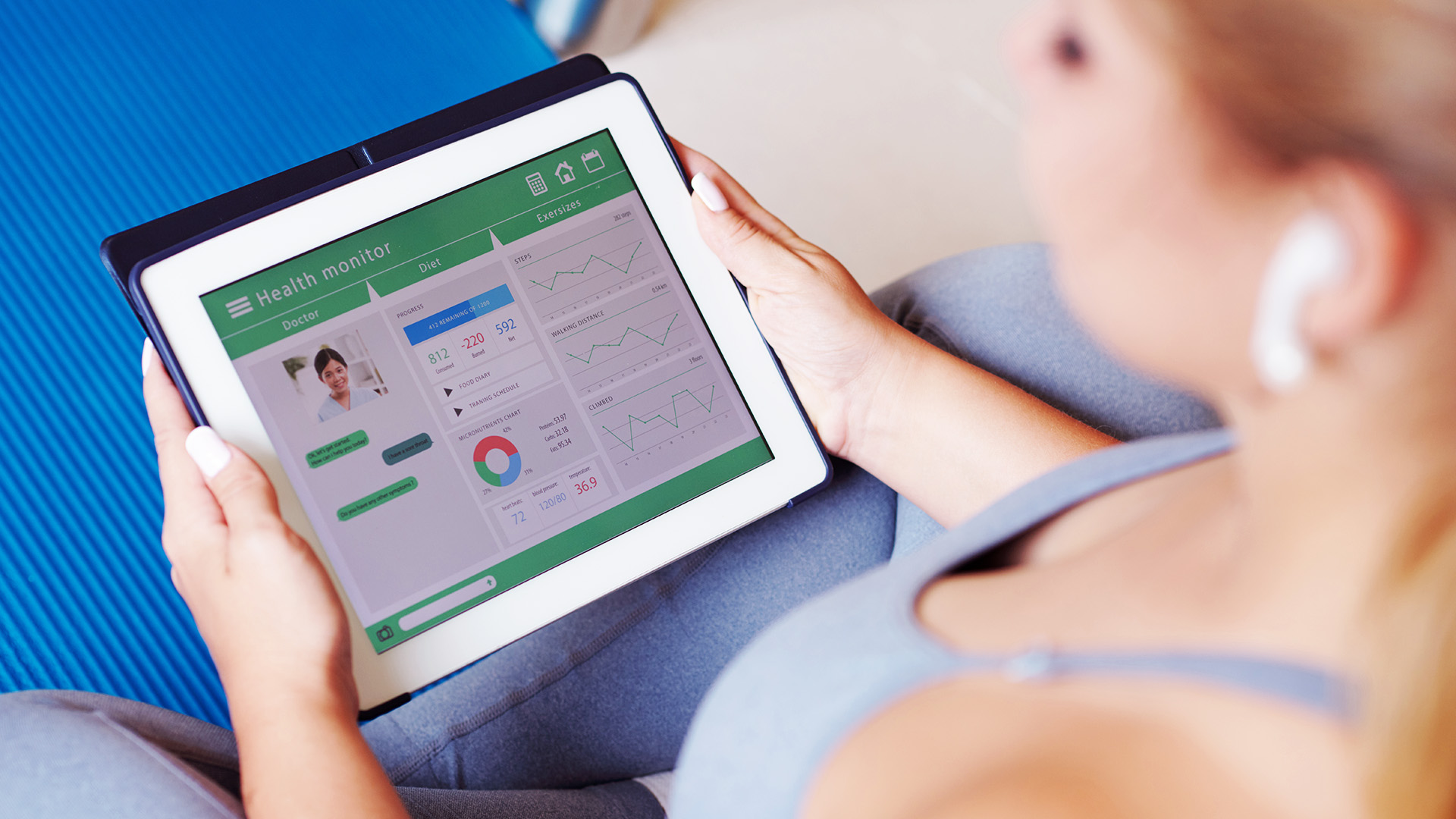Published by
In today’s healthcare landscape, two digital health record systems play crucial roles: Personal Health Records (PHRs) and Electronic Health Records (EHRs). While EHRs are maintained by healthcare providers to improve care coordination and clinical quality, PHRs are controlled and maintained by patients themselves. Let’s explore the benefits of PHRs and how they empower individuals to take an active role in managing their health.
Proven Benefits of PHRs
Personal Health Records offer numerous advantages to patients if done right. The first is empowerment and engagement – PHRs put health information directly into patients’ hands, encouraging active participation in their healthcare. The second is a comprehensive health overview – patients can consolidate health information from various sources, providing a holistic view of their health history. The third is improved communication with healthcare providers – PHRs facilitate easy sharing of accurate, up-to-date health information.
To fully benefit from PHRs, patients must take an active role in maintaining and updating their records, utilizing features like medication reminders and appointment scheduling, and sharing information with healthcare providers. Research supports the positive impact of patient engagement through PHRs. A study in the Journal of Medical Internet Research found that PHR users were more likely to adhere to preventive care and screening guidelines. Kaiser Permanente Center for Health Research demonstrated that patients with access to their health records were better prepared for visits and more likely to follow through on care plans. A systematic review in the Journal of the American Medical Informatics Association concluded that PHR use was associated with improved clinical outcomes, especially for patients with chronic conditions.
PHRs and Digital Mobile Applications
Access to smartphones and connectivity of Internet of Things (IoT) has led to an increase in health-related mobile applications that function as PHRs or integrate with existing PHR systems. These apps offer features such as history review, symptom tracking, medication management, integration with wearable devices, secure messaging with healthcare providers, and access to lab results. Examples of PHR applications and features include:
- Telemedicine solutions: allowing patients to connect with healthcare providers remotely via video conferencing or phone calls.
- Remote patient monitoring: enabling physicians to monitor vital signs from afar.
- Access to Electronic Health Records (EHRs): providing access to electronic health records via mobile apps.
- Appointment scheduling: making it easier for patients to book appointments online or via their phones.
- Medication management and reminders: helping ensure patients take their medications on time by sending notifications.
While not specifically mentioned as PHR applications, popular EHR systems like Epic, Cerner, Meditech, and Allscripts often have patient portal components that can function similarly to PHRs, like MyChart by Epic.
However, these off-the-shelf solutions often fall short of meeting patients’ true needs. They are standardized portals that typically prioritize EHR system compatibility over user experience, resulting in interfaces that can be difficult to navigate and lack flexibility. Customization of applications like MyChart will improve user experience, address specific needs, enhance integration with existing hospital systems and third-party apps, and increase engagement leading to higher adoption rates.
Legal Support and Future of Patient-Centered Health Management
Laws and regulations have strengthened patients’ right to access their health information. The infamous HIPAA Privacy Rule, implemented by the U.S. Department of Health and Human Services, sets national standards for the protection of individuals’ medical records and other personal health information. More recent laws include the 21st Century Cures Act of 2016 and the ONC Cures Act Final Rule of 2020 – designed to help accelerate medical product development and bring new innovations and advances to patients who need them faster and more efficiently. They aim to advance patient’s access to health information, prohibit information blocking, promote the development and use of health IT standards including application programming interfaces (APIs) to allow individuals to securely and easily access their electronic health information using smartphone applications, and require EHRs to provide the clinical data necessary to promote new software applications to help patients manage their care.
These regulations support patients’ access to their electronic health information, making it easier for individuals to obtain and manage their health records.
Looking Forward
As we look to the future, PHRs and patient-centered health applications will play an increasingly important role in healthcare. To deliver ideal patient applications, developers and healthcare providers should focus on:
- Interoperability: Ensuring PHRs can easily integrate with various healthcare systems and devices.
- User-friendly design: Creating intuitive interfaces that encourage regular use and engagement.
- Personalization: Offering tailored insights and recommendations based on individual health data.
- Privacy and security: Implementing robust measures to protect sensitive health information.
- Education and support: Providing resources to help patients understand and act on their health data.
It is important to balance customization with interoperability to ensure seamless data exchange across different healthcare systems. By embracing PHRs and engaging actively with their health information, patients can take control of their healthcare journey, leading to better health outcomes and a more efficient, patient-centered healthcare system. Investing in customized patient portals, healthcare providers can create digital solutions that truly empower patients, improve health outcomes, and streamline administrative processes.




